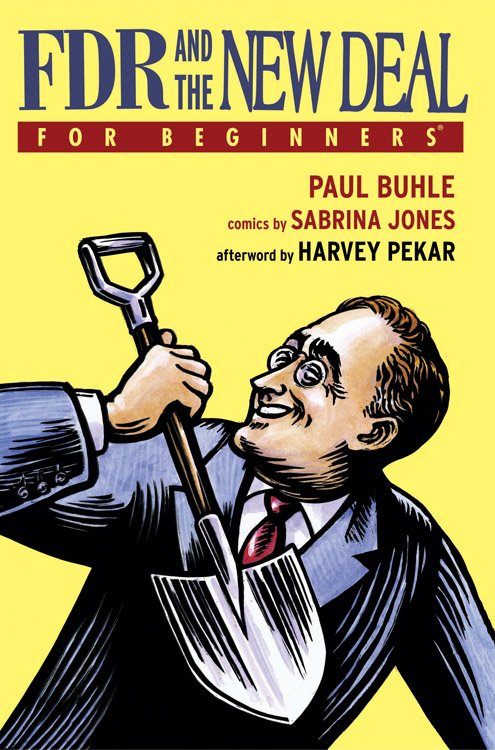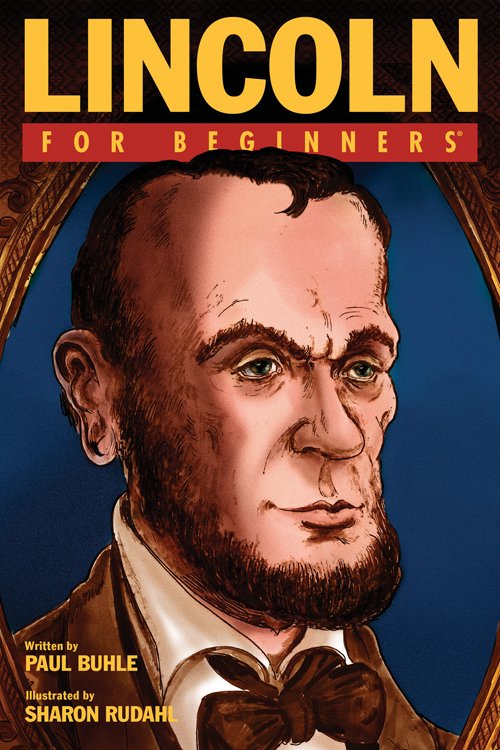Robin Hood: People's Outlaw and Forest Hero
A Graphic Guide

Where and what was Robin Hood? Why is an outlaw from fourteenth century England still a hero today, with films, festivals and songs dedicated to his living memory?
This book explores the mysteries, the historical evidence, and the trajectory that led to centuries of village festivals around Mayday and the green space of nature unconquered by the forces in power. Great revolutionaries including William Morris adopted Robin as hero, children’s books offered many versions, and Robin entered modern popular culture with cheap novels, silent films and comics.
There, in the world of popular culture, Robin Hood continues to holds unique and secure place. The “bad-good” hero of pulp urban fiction of the 1840s–50s, and more important, the Western outlaw who thwarts the bankers in pulps, films, and comics, is essentially Robin Hood. So are Zorro, the Cisco Kid, and countless Robin Hood knockoff characters in various media.
Robin Hood has a special resonance for leftwing influences on American popular culture in Hollywood, film and television. During the 1930s–50s, future blacklist victims devised radical plots of “people’s outlaws,” including anti-fascist guerilla fighters, climaxing in The Adventures of Robin Hood, network television 1955–58, written under cover by victims of the Blacklist, seen by more viewers than any other version of Robin Hood.
Robin Hood: People’s Outlaw and Forest Hero also features 30 pages of collages and comic art, recuperating the artistic interpretations of Robin from seven centuries, and offering new comic art as a comic-within-a book.
With text by Paul Buhle, comics and assorted drawings by Christopher Hutchinson, Gary Dumm, and Sharon Rudahl; Robin Hood: People’s Outlaw and Forest Hero adds another dimension to the history and meaning of rebellion.




